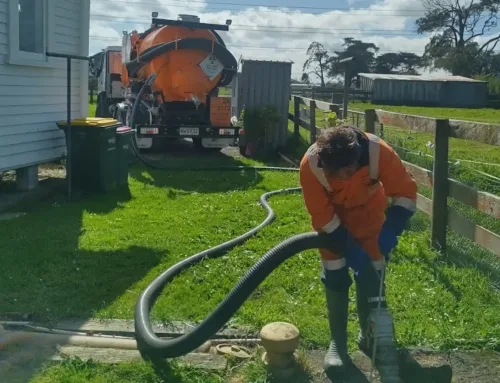7 Easy Facts About Reclaim Waste Described
7 Easy Facts About Reclaim Waste Described
Blog Article
Everything about Reclaim Waste
Table of ContentsReclaim Waste Things To Know Before You Get ThisReclaim Waste - TruthsThe Only Guide to Reclaim WasteGetting My Reclaim Waste To WorkIndicators on Reclaim Waste You Should Know
Domestic sewage waste refers to the waste and items from a residential septic container. The proper monitoring and disposal of domestic sewer waste call for liquid waste to be moved to a sewage treatment plant where the correct techniques and tools are used to cleanse and dispose of waste.
Commercial waste usually consists of prospective hazards, such as flammable products or a blend of fluid and solid waste items, and requires a more innovative and thorough disposal procedure. The disposal of commercial waste commonly entails the filtering of waste prior to transportation to make certain secure and proper disposal. Industrial waste is produced from results and drainage of industrial procedures and production.
This type of waste can not use the exact same sewer monitoring transportation or processes as septic or industrial fluids. The hazardous waste monitoring procedure needs the evaluation and screening of liquid waste before it undertakes the disposal process (liquid waste disposal). Overflow waste is the liquid waste that comes from drainage and excess stormwater in highly populated locations or cities
Runoff waste can cause contamination and flooding if not handled appropriately. Making certain appropriate waste management can protect against disasters and lower environmental damage.
The Single Strategy To Use For Reclaim Waste
Call PROS Solutions today to discover regarding our waste management and disposal solutions and the proper means to look after the liquid waste you generate.
(https://www.anyflip.com/homepage/imqzz#About)Do you know what takes place to your water when you end, purge the bathroom or drain pipes the washing equipment? No? Well, it deserves understanding. This supposed 'wastewater' is not only a vital source however, after therapy, will be launched to our land, waterways or the sea. Utilized water from toilets, showers, baths, kitchen sinks, laundries and commercial processes is referred to as wastewater.

water made use of to cool equipment or clean plant and tools). Stormwater, a type of wastewater, is drainage that flows from farming and urban locations such as roofings, parks, yards, roads, courses and gutters into stormwater drains pipes, after rainfall. Stormwater flows neglected directly to local creeks or rivers, at some point reaching the ocean.
Reclaim Waste Can Be Fun For Anyone
In Queensland, the majority of wastewater is dealt with at sewer treatment plants. Wastewater is moved from domestic or commercial sites through a system of sewers and pump terminals, known as sewerage reticulation, to a sewer therapy plant.
The Division of Natural Resources advises city governments about handling, operating and maintaining sewerage systems and treatment plants. In unsewered areas, local federal governments may call for homeowners to set up specific or family sewer treatment systems to treat domestic wastewater from toilets, kitchens, restrooms and washings. The Department of Natural Resources authorises using household systems when they are shown to website link be effective.
The majority of stormwater receives no treatment. In some new subdivisions, therapy of some stormwater to eliminate litter, sand and crushed rock has actually begun making use of gross contaminant catches. Wastewater treatment happens in four stages: Removes solid issue. Bigger solids, such as plastics and various other things incorrectly released to sewage systems, are eliminated when wastewater is travelled through screens.
Wastewater then streams into huge tanks where solids clear up and are removed as sludge. Oil and scum are skimmed from the surface area. Makes use of little living microorganisms knows as micro-organisms to break down and remove continuing to be dissolved wastes and great particles. Micro-organisms and wastes are included in the sludge. Removes nitrogen and phosphorus nutrients that could trigger algal blossoms in our waterways and intimidate marine life.
The Reclaim Waste PDFs
Nutrient elimination is not offered at all sewer treatment plants because it requires expensive specialised devices. Clear fluid effluent generated after treatment may still consist of disease-causing micro-organisms - industrial wastewater treatment.

This typically implies wastewater has to be dealt with or impurities gotten rid of prior to it can be discharged to rivers. The majority of wastewater flows into the sewage system. Under the Act, city governments provide approvals and permits for eco pertinent activities (Periods) entailing wastewater launches that might have a neighborhood effect. The department administers authorizations and licences to Periods entailing wastewater releases that could have a local or statewide effect.
The Buzz on Reclaim Waste
Monitoring offers accurate info concerning water quality and can confirm that permit problems are being satisfied. The info acquired with monitoring supplies the basis for making water quality decisions.
Report this page